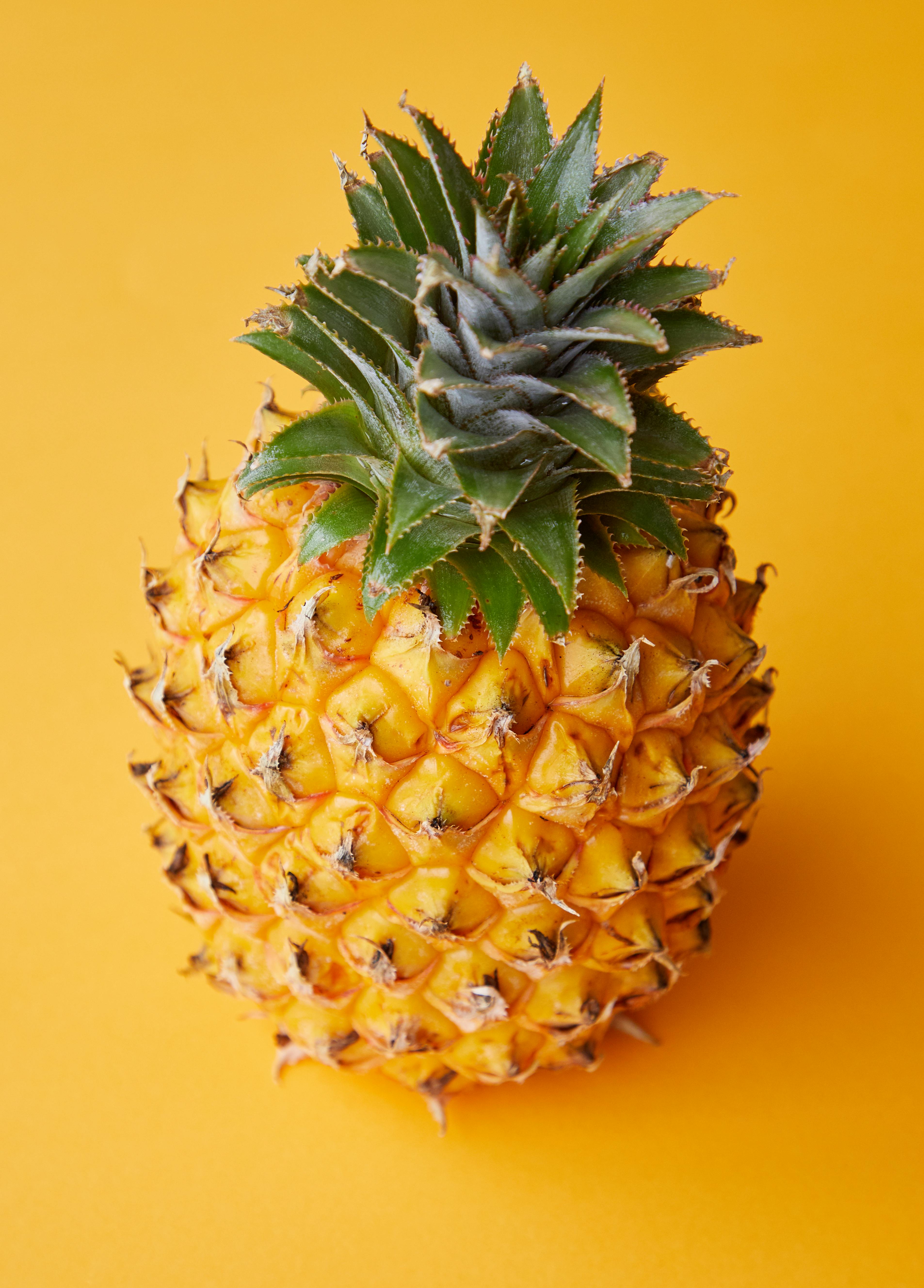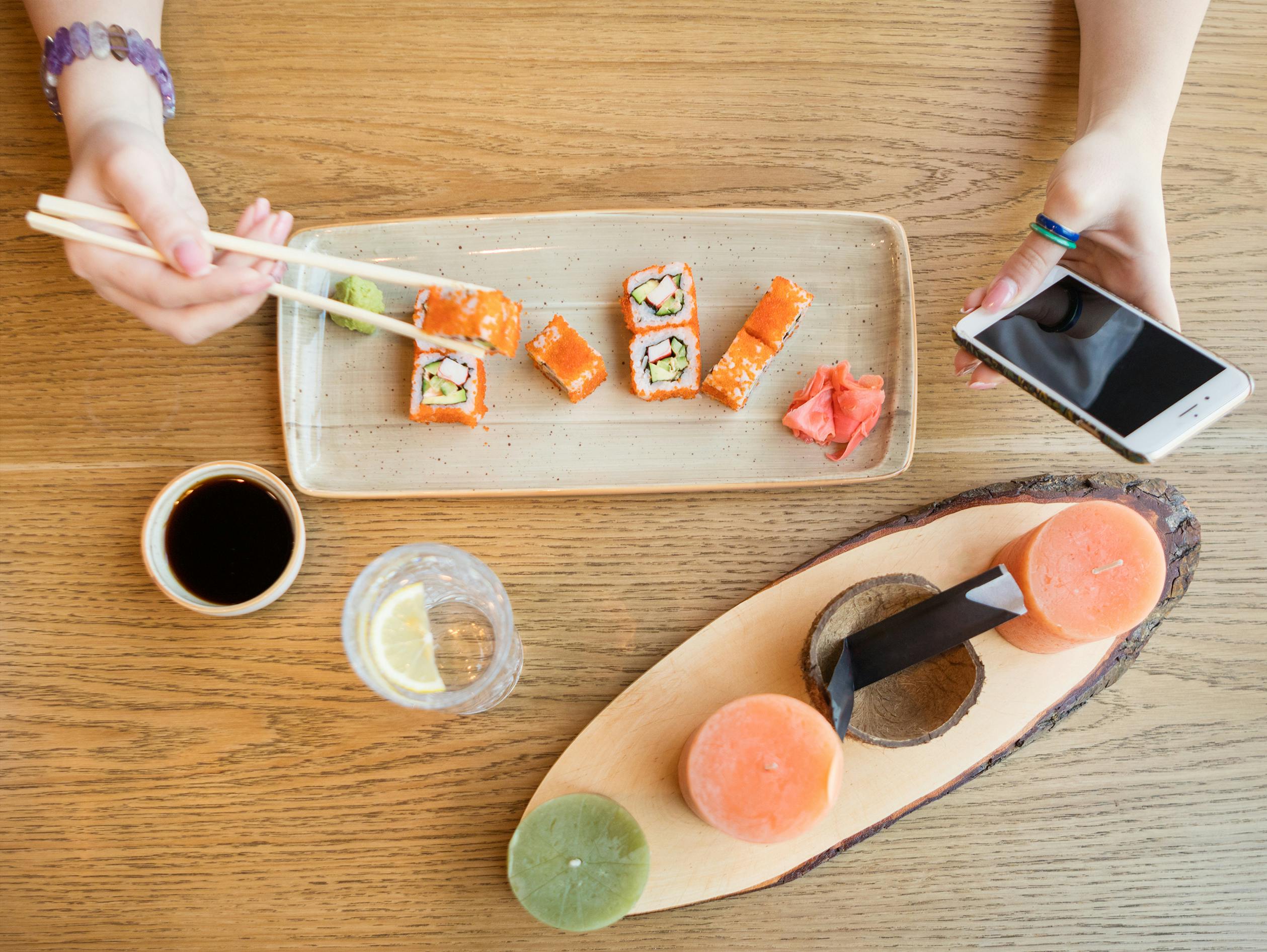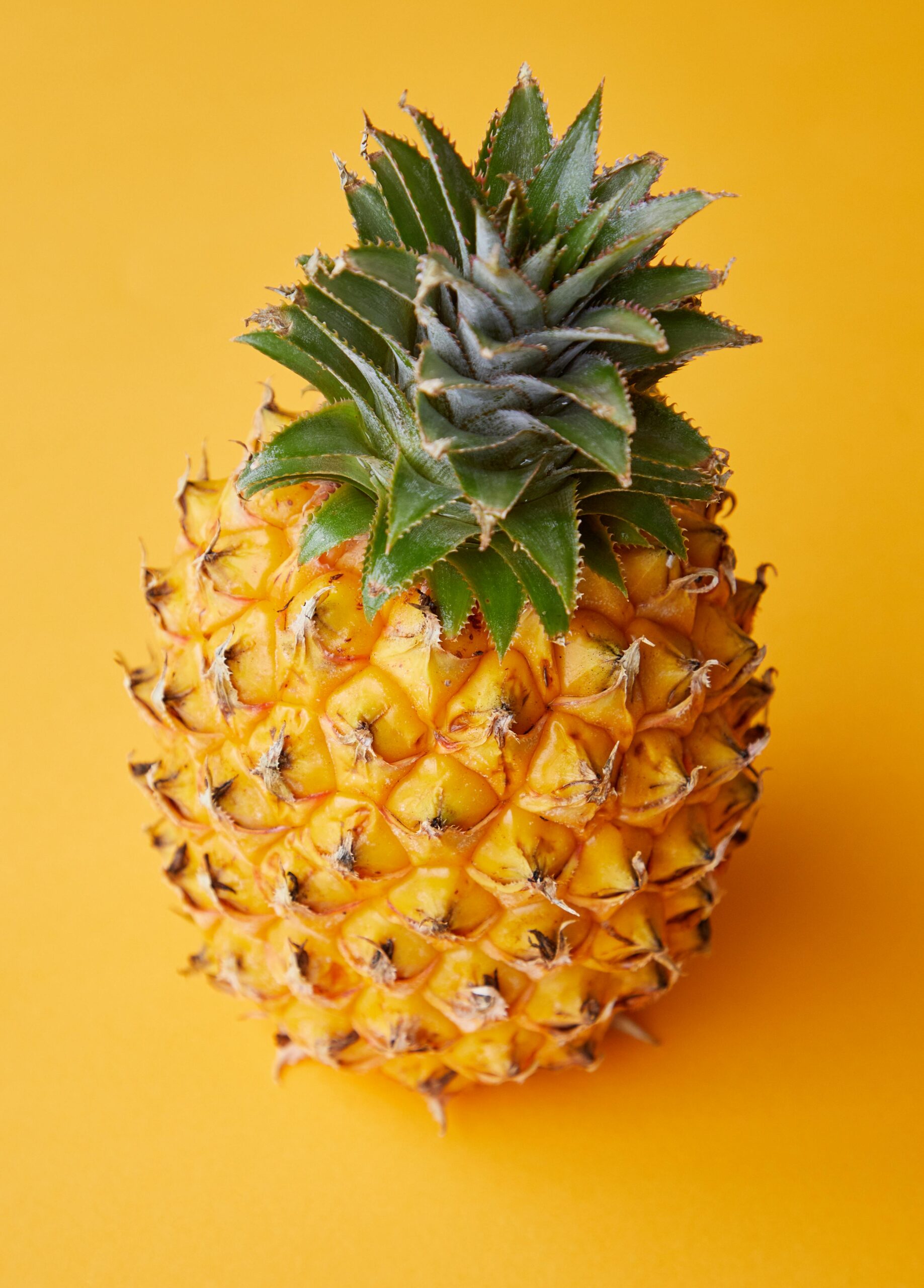Can You Eat Hard Food with a Permanent Crown?
Dental crowns are a common solution for restoring damaged teeth, but many patients wonder, can you eat hard food with a permanent crown? This question is important as it touches on long-term oral health, functionality, and lifestyle habits. In this article, we’ll explore what you need to know about eating with a permanent crown, including the risks, recommendations, and practical care tips to help you maintain your smile and diet confidently.

Understanding the Fundamentals
A permanent dental crown is a cap that is placed over a tooth to restore its shape, strength, and appearance. Whether made of porcelain, metal, or ceramic, crowns are designed to last and function like natural teeth. However, their durability can still be affected by certain habits—especially eating hard food.
Understanding the mechanics of crowns helps you make informed choices. Crowns don’t have nerves, but the tooth beneath still does. This means the wrong kind of pressure or food can cause complications or even failure of the restoration.
1.1 The Structure of a Permanent Crown
Permanent crowns are typically crafted from materials like porcelain-fused-to-metal, zirconia, or full ceramic. Each material offers a different balance of durability and aesthetics. According to the American Dental Association, porcelain crowns are both resilient and visually appealing.
However, even strong crowns can crack under extreme force—especially if you frequently bite hard foods like nuts, ice, or hard candy. A common misconception is that crowns are invincible, which leads many to eat recklessly after placement.
1.2 Why Crown Material Matters
Not all crowns are created equal. For example, metal crowns are more durable but less natural-looking, while porcelain crowns mimic real teeth but are more prone to chipping. This variation directly impacts whether you can safely eat hard food with a permanent crown.
Understanding your crown’s material helps you avoid behaviors that might cause damage. Dentists often recommend adjusting your diet based on the specific type of crown you receive.
Practical Implementation Guide
Now that you understand what crowns are and how they work, it’s essential to know how to live with them. Eating with a crown doesn’t have to be restrictive, but it does require mindfulness and a few adjustments to your eating habits to ensure longevity and comfort.

2.1 Actionable Steps
- Start Slowly: Begin with soft foods after getting your crown. Allow time for your tooth to adjust.
- Use Both Sides of Your Mouth: Distribute chewing pressure evenly to avoid overloading one side.
- Cut Hard Foods: Instead of biting into hard items like apples, cut them into small pieces.
2.2 Overcoming Challenges
Common obstacles include sensitivity, dislodgement, and biting discomfort. Here’s how to address them:
- Sensitivity: Use desensitizing toothpaste to reduce discomfort when eating cold or hard foods.
- Dislodgement: Avoid sticky or overly chewy foods that can pull at the crown.
- Cracks or Chips: Never chew on ice or bones, even with a strong crown.
To avoid these issues, develop a routine dental care habit and consult your dentist regularly to monitor crown condition.
Advanced Applications
Beyond day-to-day habits, advanced techniques in eating and crown maintenance can significantly boost the durability and comfort of your crown. This is particularly relevant if you regularly consume a varied or specialized diet that includes tougher textures or crunchy items.

3.1 Controlled Chewing Techniques
Many dental professionals recommend conscious chewing—placing food in the molars rather than front teeth. Studies show that evenly distributed pressure prevents crown failure and reduces stress on supporting teeth. Patients can also benefit from chewing on the opposite side occasionally to avoid overuse.
3.2 Material Blending for Strength
New hybrid materials like zirconia-porcelain crowns combine durability with aesthetics, making it easier to eat hard food safely. These crowns resist cracking and adapt better to extreme temperatures. However, they may cost more and require expert placement.
Future Outlook
As dental technology evolves, crowns are becoming more durable and biocompatible. Nanomaterials and 3D printing are introducing precision-crafted crowns that last longer and better mimic the natural enamel.
Within the next 3-5 years, we expect to see crowns that are self-repairing or embedded with sensors to detect pressure and cracks. Patients should stay updated with dental advancements and schedule regular checkups to benefit from innovations.
Conclusion
To sum up, yes, you can eat hard food with a permanent crown—but with caution. The type of crown, your eating habits, and your dental hygiene all play vital roles. Adapting a few simple strategies can make a significant difference.
If you have a dental crown or are considering one, speak to your dentist about the best materials for your lifestyle. Your smile deserves the right support—take action today to protect it.
Frequently Asked Questions
- Q: Can you eat hard food with a permanent crown? Yes, but it’s best to do so cautiously. Always cut hard items into smaller pieces and avoid biting down directly on them.
- Q: How do I start eating normally after getting a crown? Begin with soft foods for a few days. Gradually reintroduce tougher textures as your comfort improves.
- Q: How long before I can eat hard food again? Most dentists recommend waiting at least 24-48 hours for cement to fully set and discomfort to subside.
- Q: How much does a permanent crown cost? Costs vary, ranging from $800 to $2,500 depending on material and location.
- Q: Are crowns better than fillings for damaged teeth? Crowns offer more protection and longevity, especially for severely weakened teeth.
- Q: Is it difficult to care for a crown? No. Just maintain regular brushing, flossing, and avoid extremely hard or sticky foods.
- Q: Can athletes or active individuals get crowns? Absolutely. Just consider a night guard or mouth guard for added protection during physical activity.
